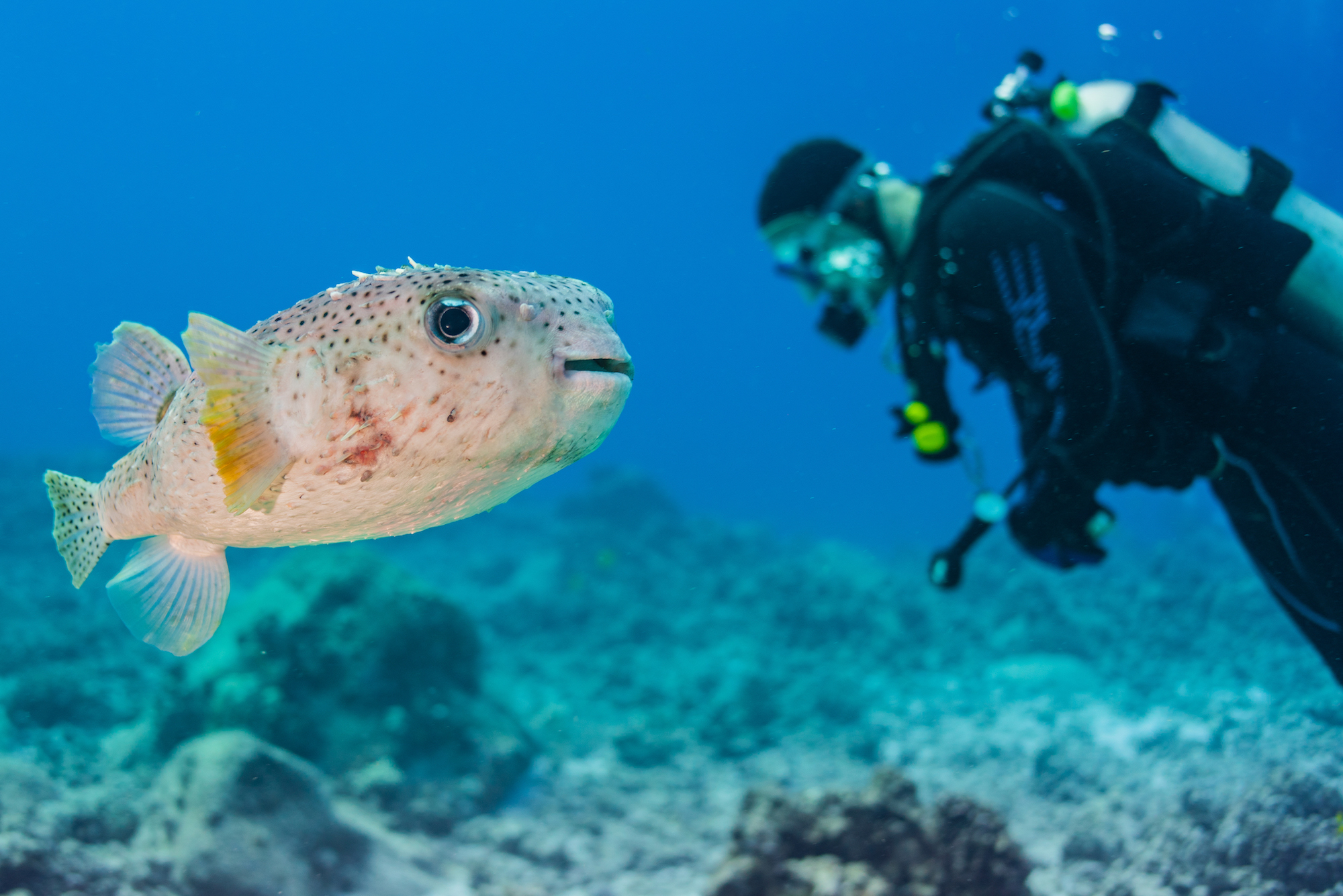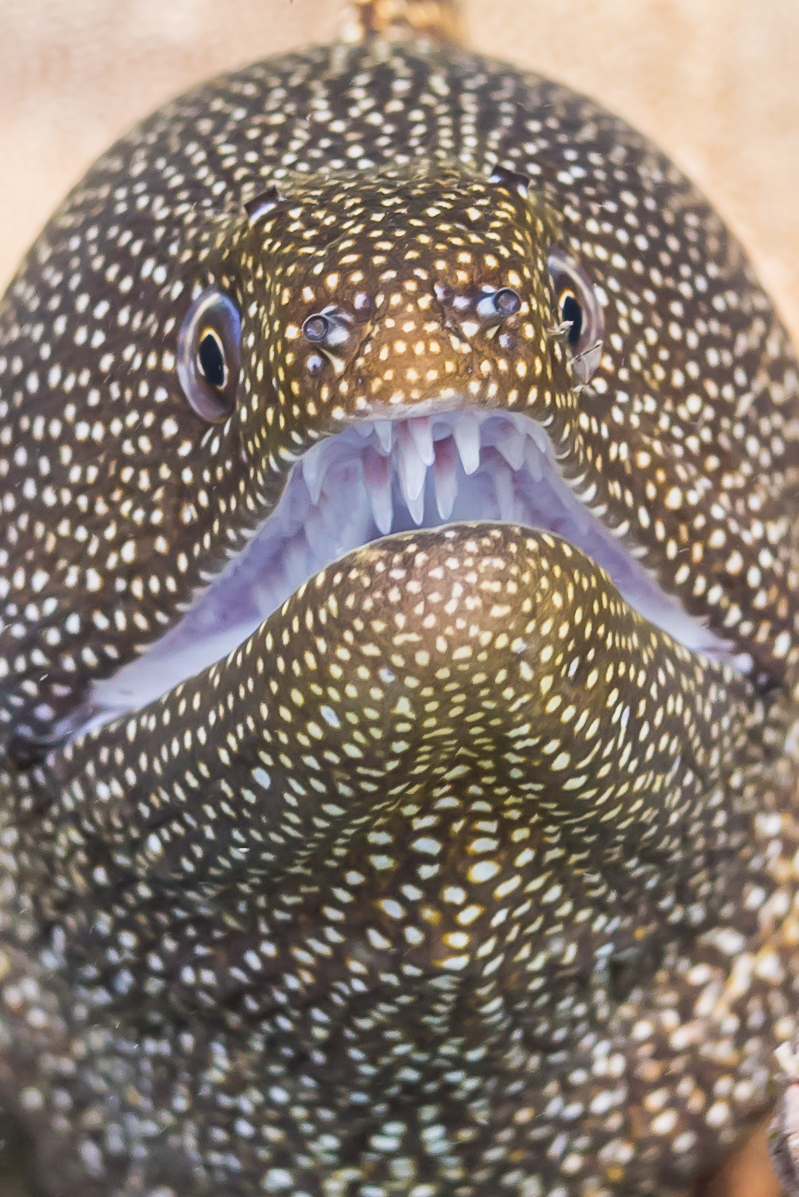Welcome to the Just Add Water photo blog! I will be sharing tips each month on different aspects of photography -- from lens selection to lights to editing your photos after the dive -- so be sure to sign up for the blog and follow us on social media (Facebook, Twitter, Instagram) to get all the information and find out about upcoming classes, trips and events.

People often ask me “What’s the most important thing I need to get good underwater photos?” and I thought I’d share my answer today to get our photography blog started.
The key to great photos is not just the gear you buy or the places you go -- although those can help – but the control you have while in the water. Maintaining a static position while taking a photo, or moving smoothly in relation to a nearby animal, is a product of good buoyancy control and is essential to snapping clear photos.
With the advent of digital photography and comprehensive, easy-to-use editing software, an okay photo can be turned into a great photo with cropping and a little fine tuning; a blurry photo -- most likely from a diver’s movement while taking it – will always be a blurry photo. Good buoyancy is the main building block of good underwater photography.
Imagine you’re swimming along and spy an eel poking its head out of the reef; you’re pretty sure your friends have never seen an eel up close on a dive and you want to get the best photo possible to show them. Absent of any current in the water, you could simply hover over the eel and take as many photos as you like. Sounds ideal, right? With great buoyancy, you won’t be in danger of kicking the reef while you hover and sending sandy particles through your picture frame (or worse yet, damaging the corals). You’ll have both hands to hold your camera rig steady and be certain your lights are positioned exactly how you want them.
Perhaps there is a little movement to the water and you need to use a steadying finger to keep yourself in place. A finger should be all you need, as your body is perfectly level because of your great buoyancy, feet are above the reef and all your instruments are tucked into your bcd (so as not to drag on coral when you get in close for your perfect eel shot). A great photo is even better when you have caused no harm to the surrounding environment to get it.
We’ll have plenty of time this winter to work on photo techniques, editing software and equipment problem solving, but everything starts with buoyancy and being comfortable in your gear. Take some time this fall and winter for a refresher course if you haven’t been in the water for a while, or better yet, sign up for a Perfect Buoyancy class. And when that seahorse you’ve been searching for all your life appears you’ll be ready and steady.

(underwater photos @ Melissa Burovac)
If you have a topic you'd like to explore leave a message on the blog, otherwise, keep an eye out for new posts each month.
Thanks for reading!
Melissa


